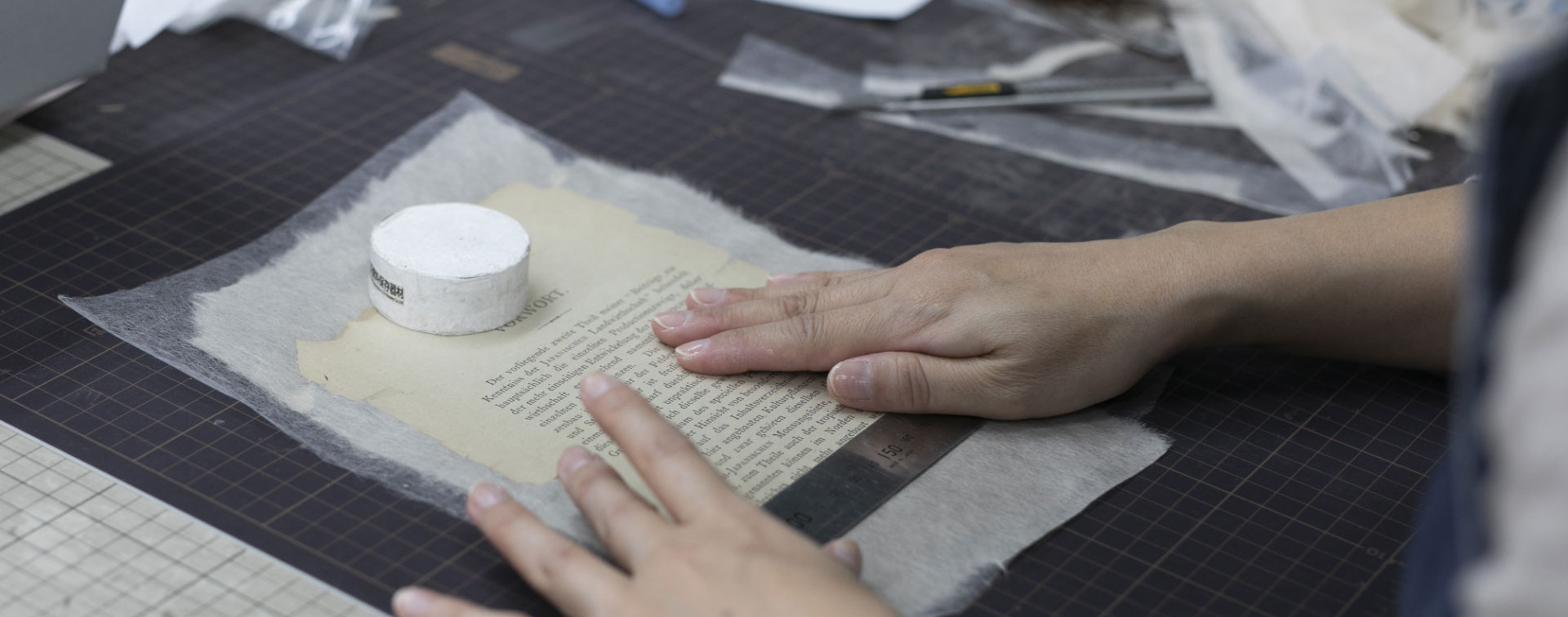
TENGU and Restoration 1
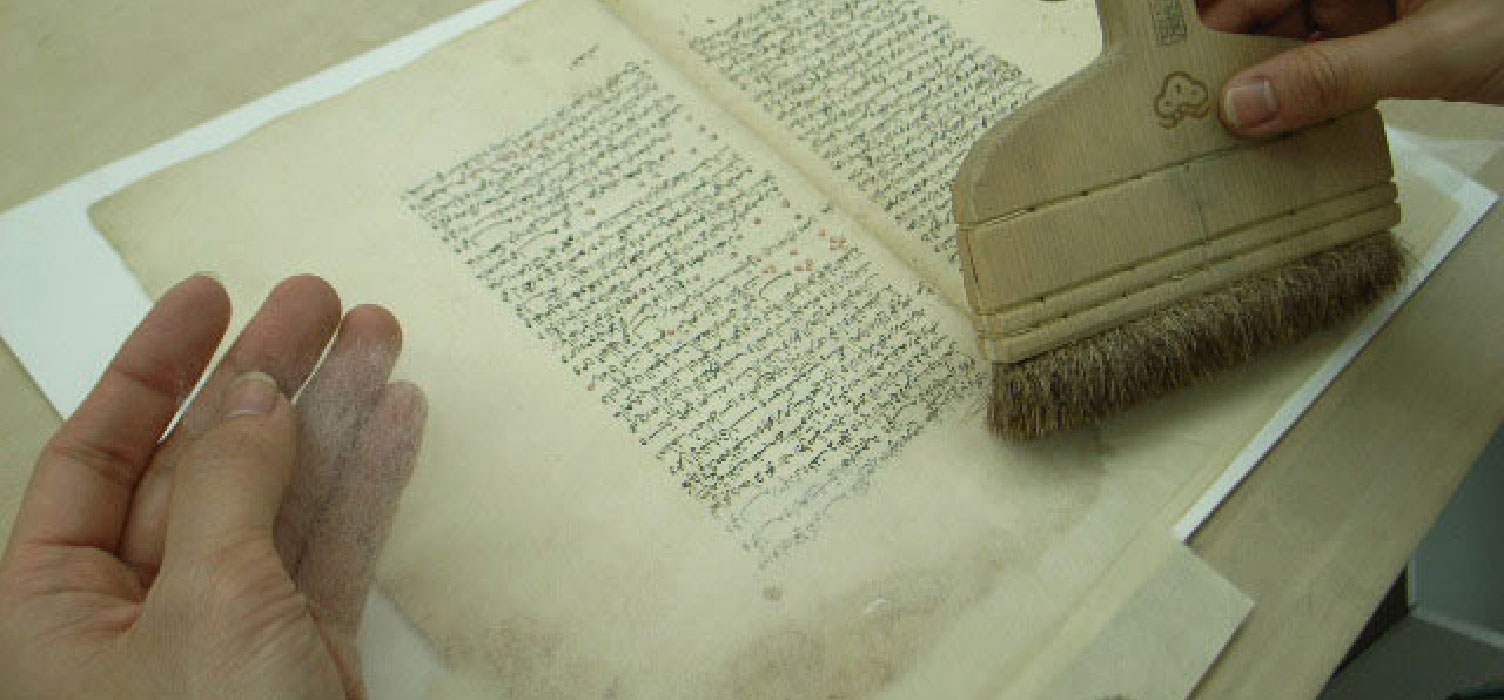
Our tengu weighs 2.0 grams per square meter, and has a thickness of a mere .02 millimeters. The technology of our company stands alone in its ability to produce such a thin paper. We skillfully balance many different aspects of the papermaking process, from processing of the materials to minute adjustments of the machinery. Our tengu is used in the restoration of cultural properties such as paintings, books, and Buddhist statues, not only in Japan but also in Europe, the Middle East, and around the world.
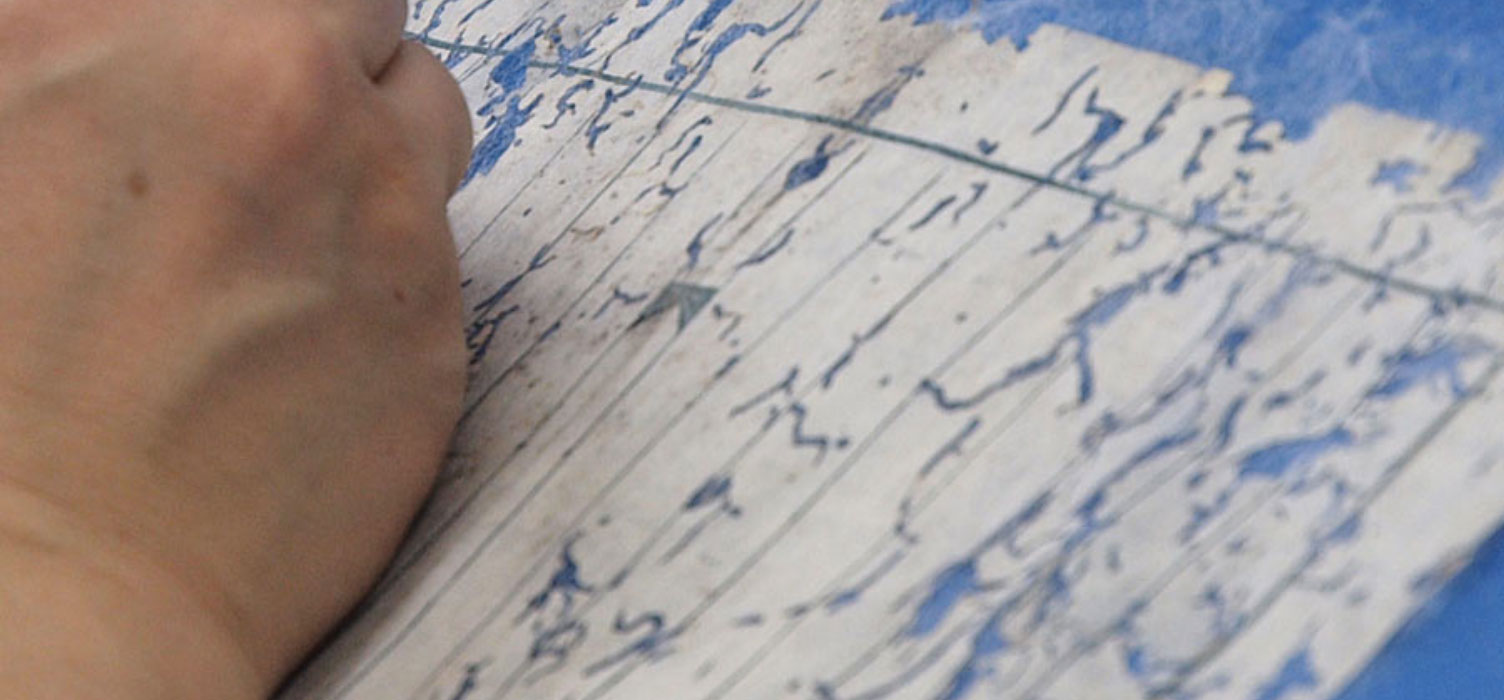
When paper is not kept under the proper conditions it can deteriorate. For example exposure to moisture can result in the growing of mold. Due to the moisture and enzymes from the mold, the paper fibers are weakened, and strands or tufts begin to appear on the paper. It is at this point that tengu can be used to prevent further weathering of the paper by layering it over the material's surface. One advantage of tengu is that even when layered over written material, the text underneath can still be clearly read. When handmade washi is used for the same function, the fine lines of the fibers stand out, limiting the quality of transparency. Machine-made paper does not have this trait, its quality is uniform, and therefore we feel that it is better suited for conservation and restoration purposes.
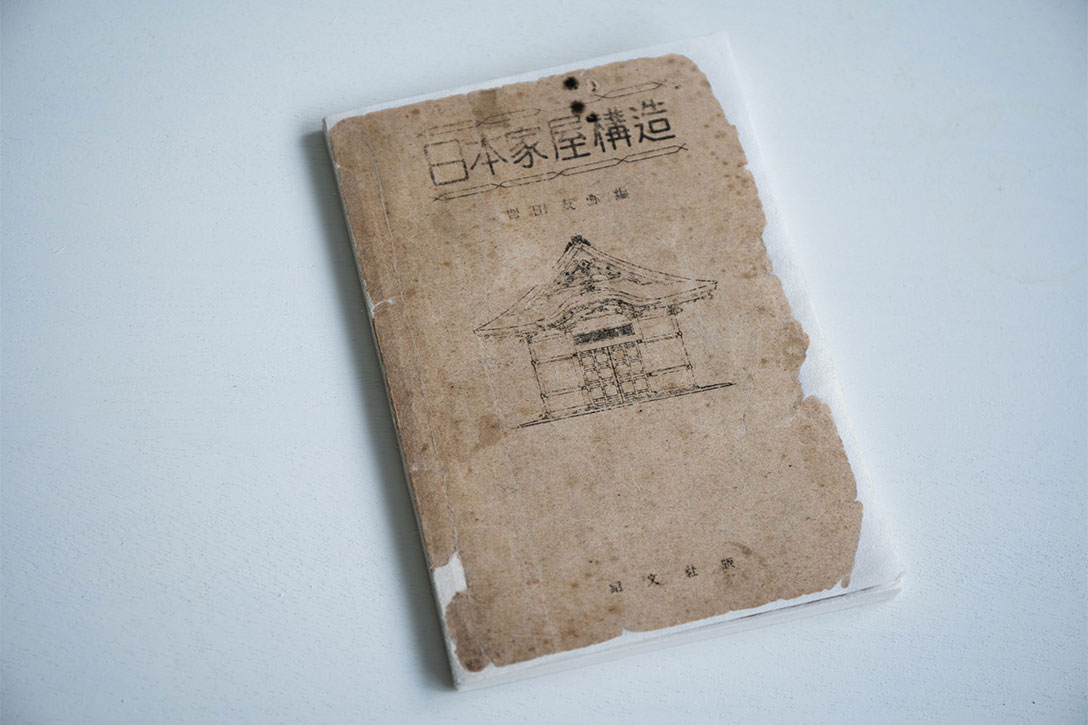
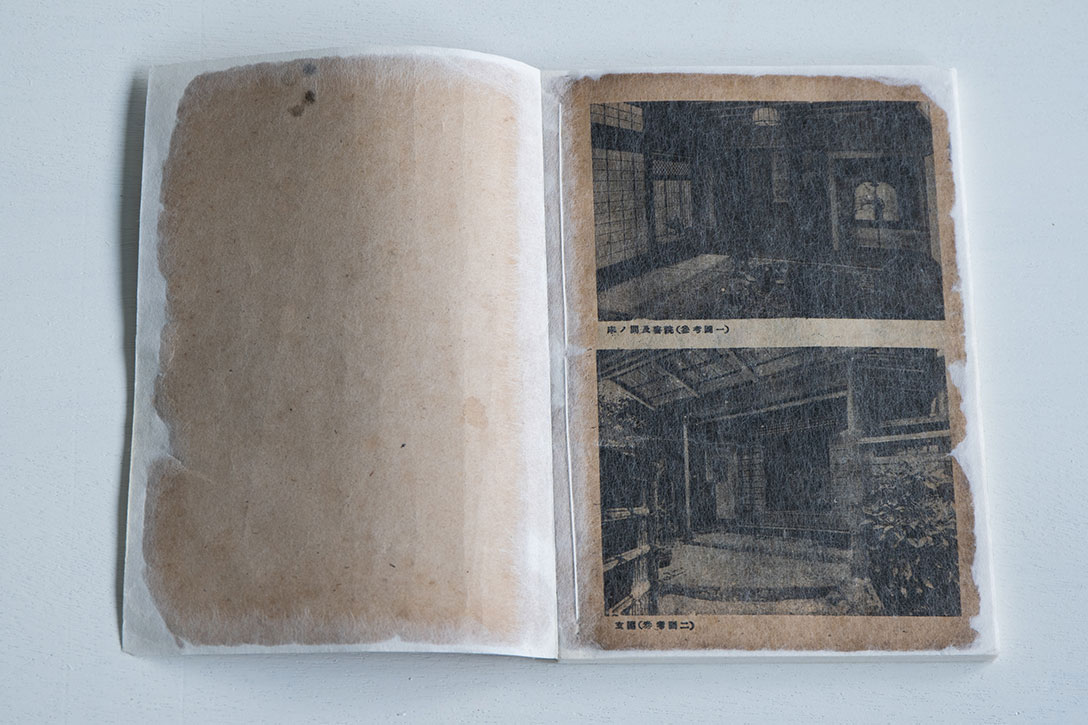
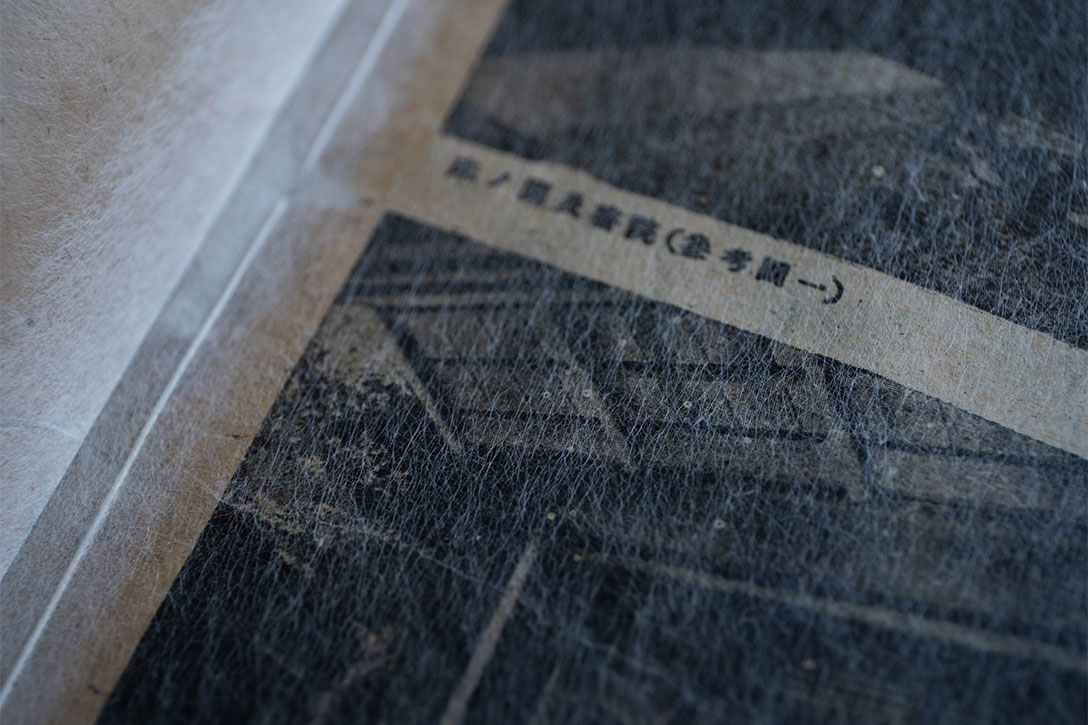
TENGU and Restoration 2
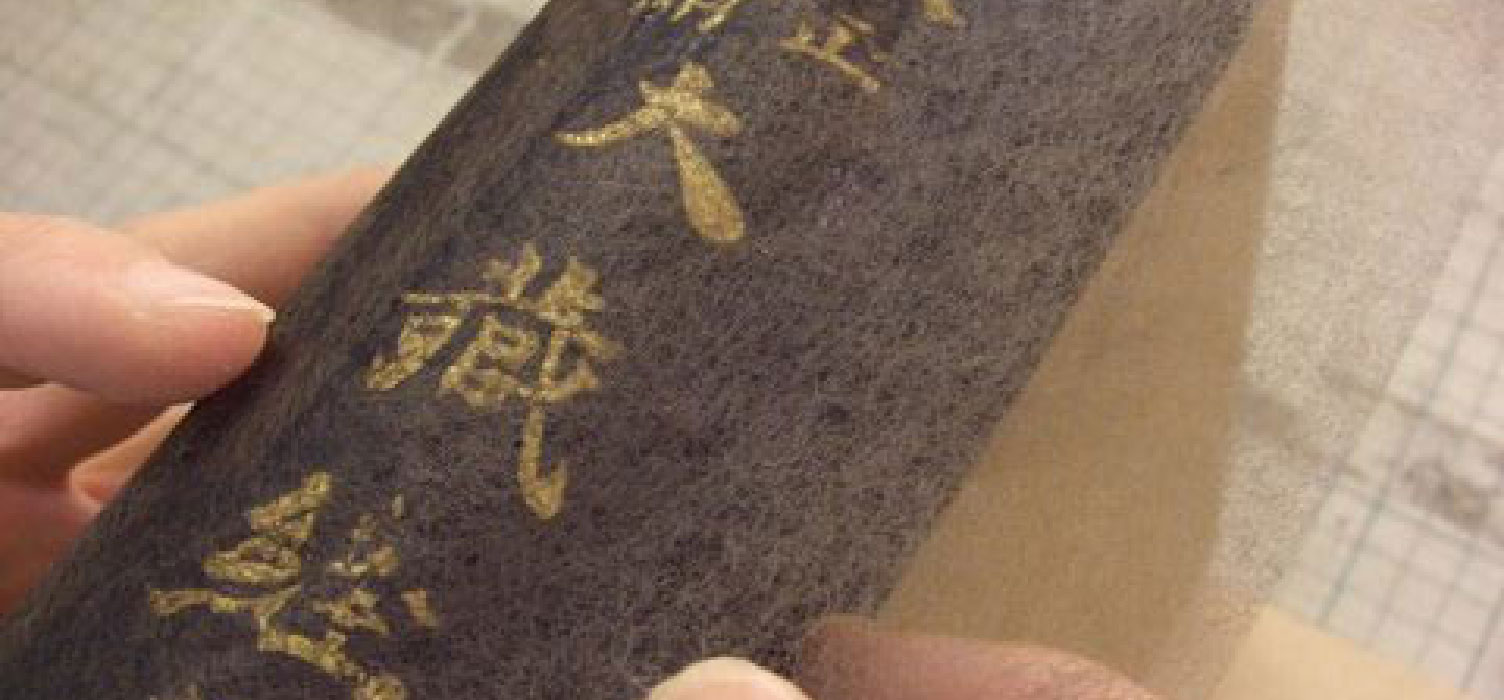
Due to absorption of acidic gases from the atmosphere and excessive dryness,leather will crack and eventually degrade into a reddish-brown powder. By placing tengu on the cover of leather bound materials, further deterioration can be prevented. Making use of its thinness, toughness, and flexibility, our paper is often used for the restoration of leatherbound materials. In addition, there are a wide range of restorative uses of tengu for other materials which have become difficult to use due to deterioration from acidity - it can be layered on both sides of the material, weakened parts can be compensated for, and tears can be fixed. Also, tengu's thinness is convenient for restoring double-sided or color documents. Made from 100% plant fiber, the resiliency of tengu has been shown to last for as long as a thousand years. Today, in the libraries and museums of the world, important papers and cultural properties awaiting restoration are accumulating. We would like our tengu to be of service in passing on the world's history to future generations. With this in mind we go to work excited to engage in its production.
TENGU and Restoration 3
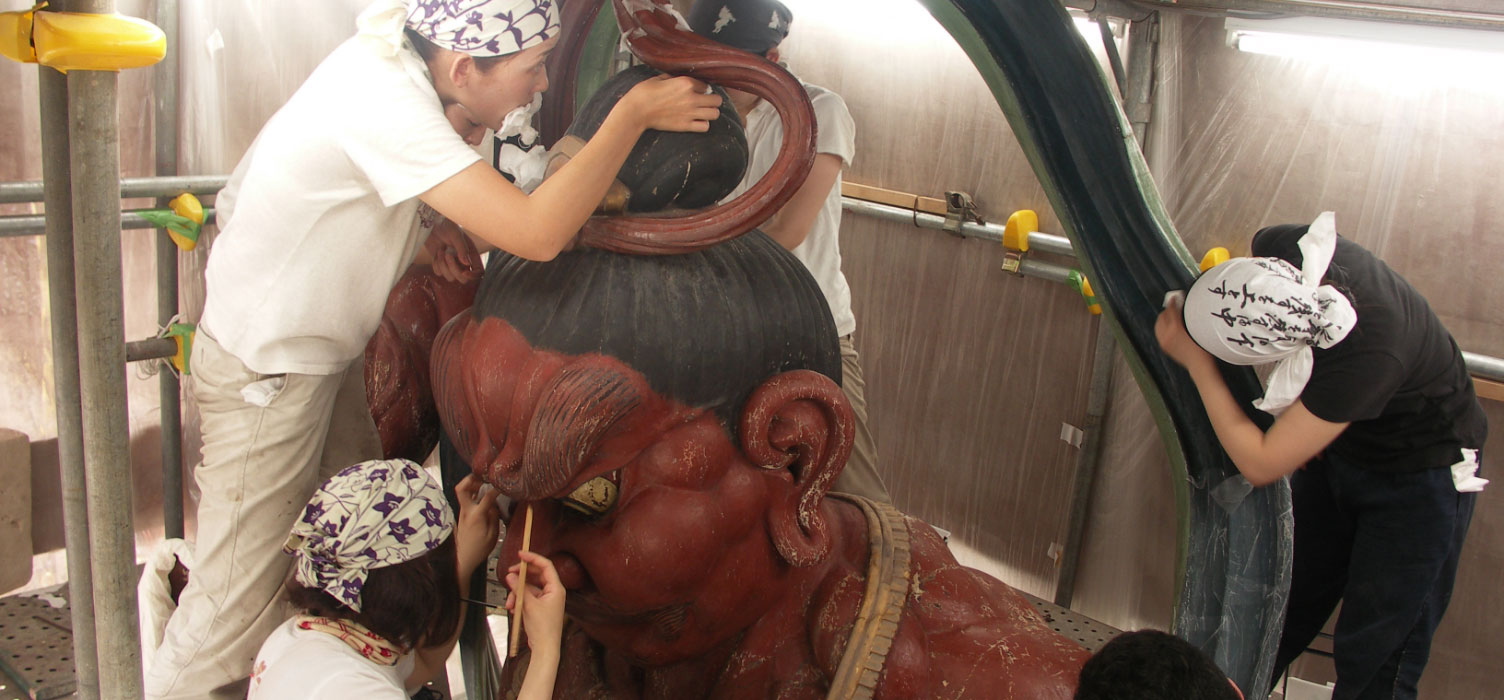
In the restoration of wooden statues, the first step is attending to scratches and stains, and the second is prevention of fading and cracking. Here tengu is applied to the surface, and if necessary, extra color is added on top of this layer. In order to perfectly fit with the curves of a statues surface, thin, strong, transparent tengu is ideal. The gentle expression of wooden sculptures can be preserved with tengu because the fibers of kozo (Japanese paper mulberry, the raw material that makes up tengu) are long, porous, and flexible, allowing it to adhere well to these surfaces.
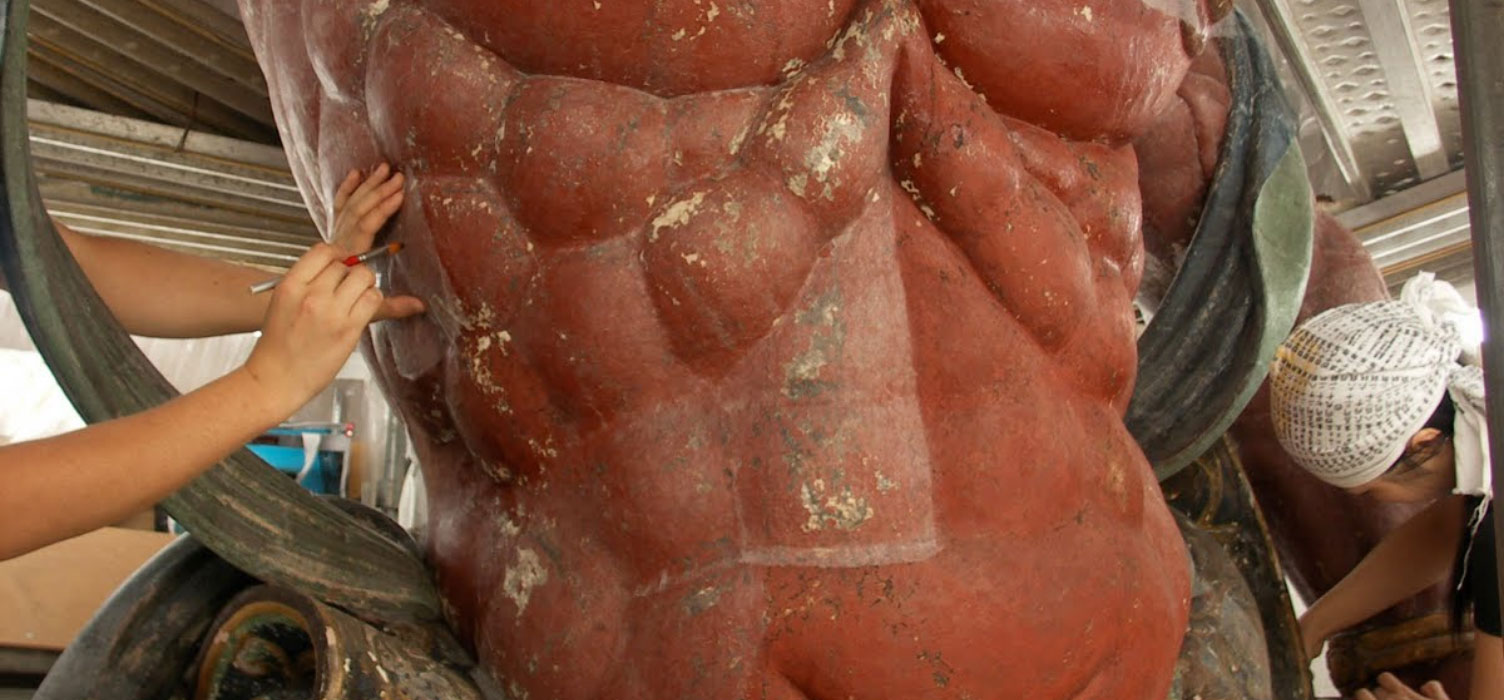
The chlorine-free bleaching method we developed at our customers' request is our own, original in-house bleaching technology. We remove the impurities that result in deterioration of the material without using chlorine by repeated washing with water. We will continue to aim for improvements in our technology so that we can excel in serving professionals in the restoration field all over the world.